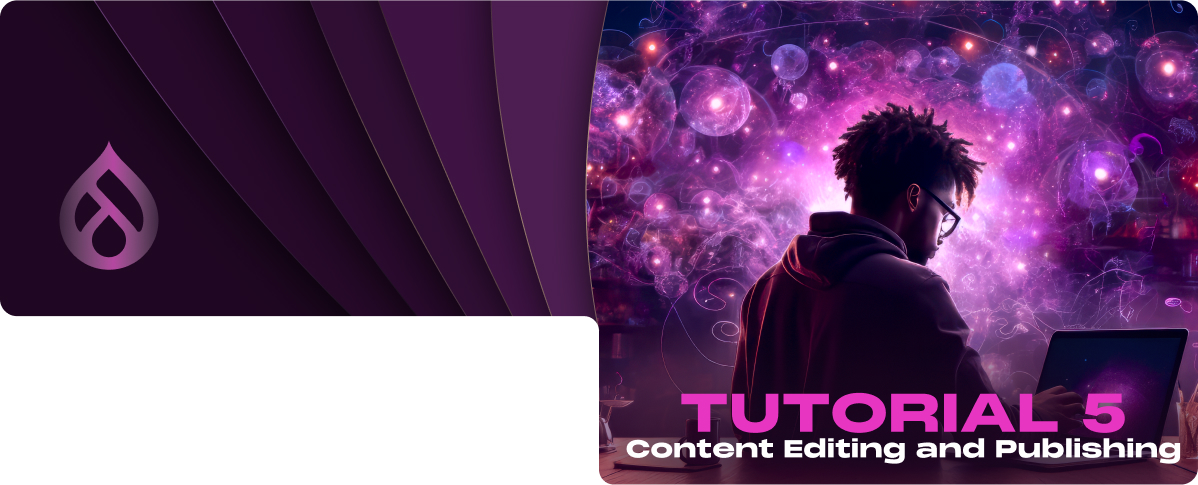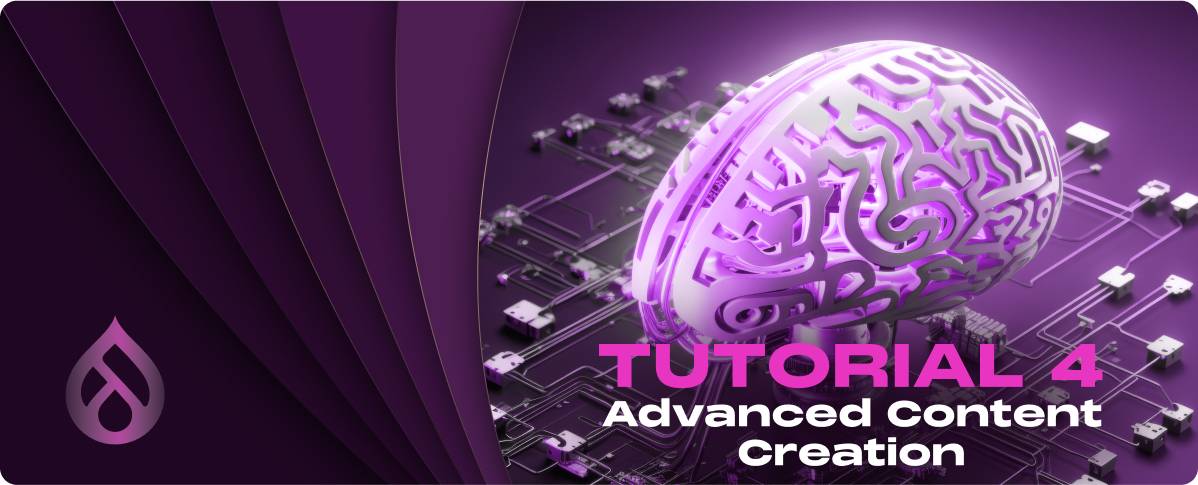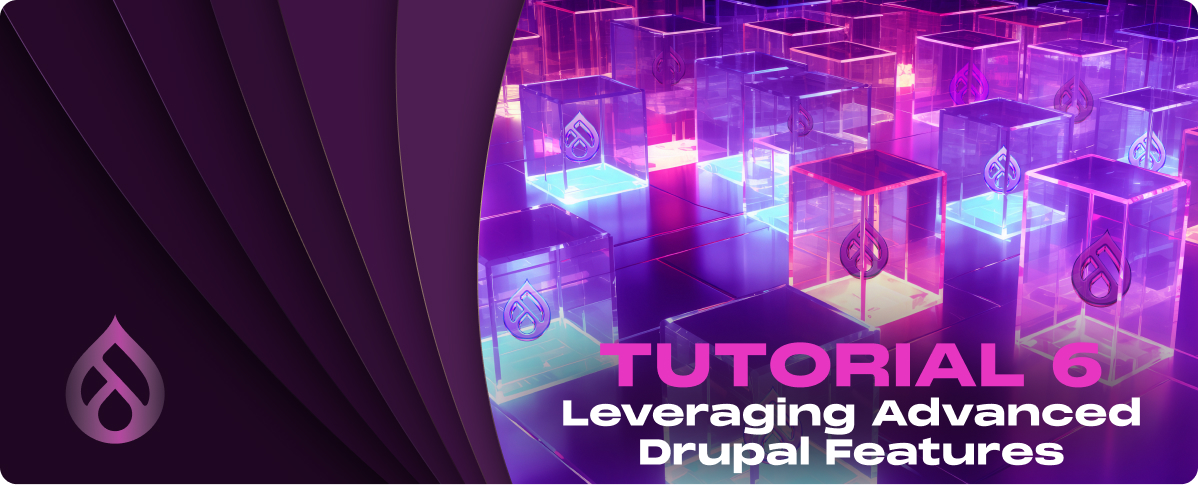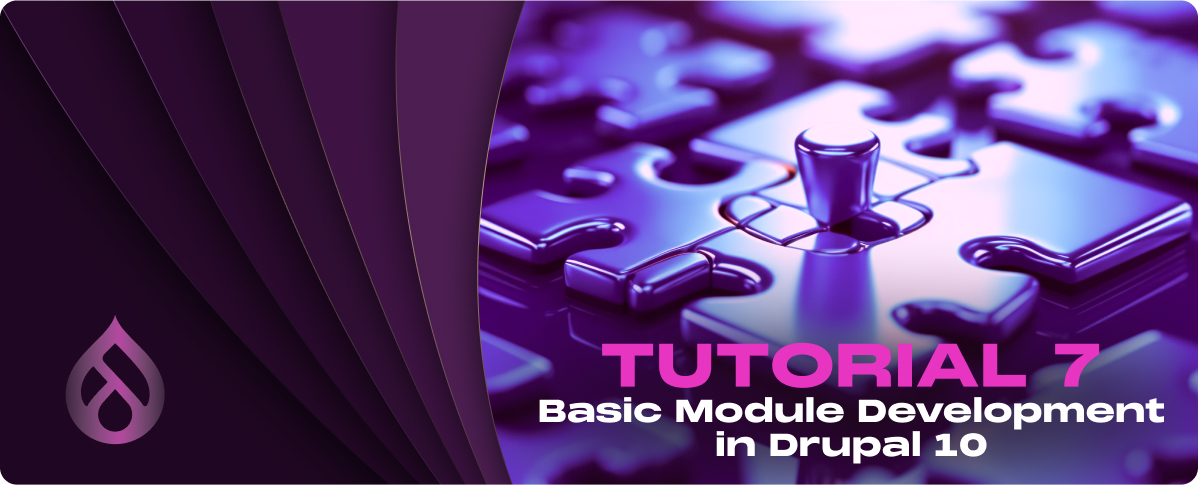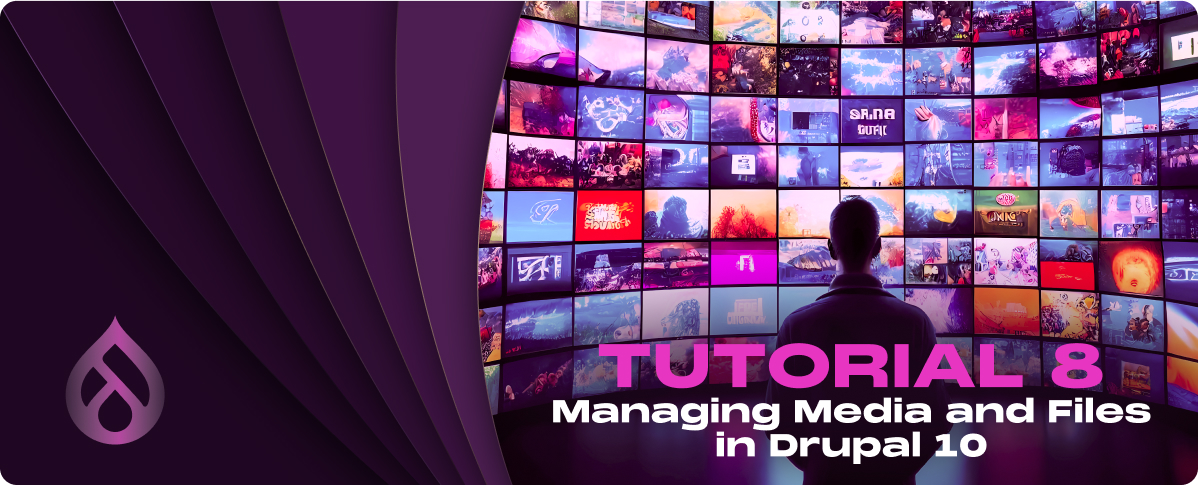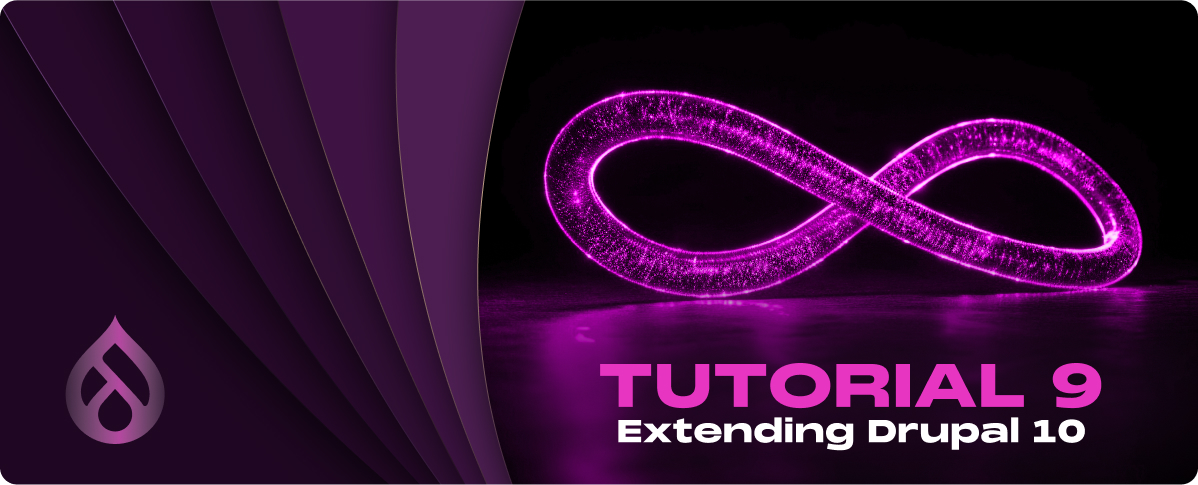Modifying Content in Drupal
Keeping your website’s content updated is important for maintaining its relevance and accuracy. Drupal’s intuitive content management interface simplifies the process of editing and updating content.
Step-by-Step Guide to Editing Existing Content
1. Locate the Content to Be Edited
- Access the content management area by navigating to Content in the Drupal admin toolbar. Here, you’ll see a list of all the content items on your site. You can use the filter options to find the specific content you wish to edit quickly.
2. Access the Edit Form
- Next to each content item in the list, you’ll find an Edit Clicking on this link will take you to the content item’s edit form. If you’re viewing the content on the front end and have the appropriate permissions, you can also access the edit form by clicking the Edit tab directly above the content.
3. Make Your Changes
- On the edit form, you’ll see the same fields that were available when the content was first created. Make any necessary changes to the content, such as updating text in the body, changing the title, adding or removing tags, or updating images. The Drupal editor allows you to make comprehensive edits to ensure your content meets your current needs.
4. Update URL Alias (Optional)
- If your edits significantly change the content’s focus or you want to improve the URL structure for SEO, consider updating the URL alias. However, be cautious when changing URLs for established content, as this can affect search engine rankings and user bookmarks. Using redirects can mitigate these issues.
5. Review Publishing Options
- Review the Publishing options to ensure they’re set according to your preferences. For instance, you might decide to temporarily unpublish a piece of content while you make extensive edits or schedule the updated content to be published later.
6. Save the Updated Content
- Once you’re satisfied with your edits, click the Save button at the bottom of the edit form. Your changes will be immediately applied and visible on the live site, assuming the content is published.
7. Review the Updated Content
- After saving, it’s good practice to review the content on your site to ensure all changes appear as expected and that the layout and formatting are correct. Check any internal links or referenced content to ensure everything is still accurate and functional.
Deleting Content in Drupal
Step-by-Step Guide to Removing Content
1. Locate the Content to Be Deleted
- To begin, navigate to the Content section in your Drupal admin toolbar. This area lists all the content items on your site. Use the filter options at the top of the page to find the specific content item you want to delete.
2. Review the Content Before Deletion
- Before proceeding with the deletion, it’s important to review the content and ensure it’s the correct item you intend to remove. Consider the implications of deleting the content, such as broken links or lost SEO value. If the content is linked from other pages or external sites, you may want to set up a redirect or provide an alternative resource.
3. Access the Delete Option
- Once you’ve located the content item in the list, click on the Edit link next to it. This will take you to the content editing page. On this page, alongside the Save, Preview, and other options, you’ll find the Delete button.
4. Confirm Deletion
- Clicking the Delete button will take you to a confirmation page. Drupal will ask you to confirm that you indeed wish to delete the selected content. This step is crucial to prevent accidental deletions. Review the information provided to ensure it’s the correct content item.
5. Complete the Deletion Process
- If you’re sure about deleting the content, click the Delete button on the confirmation page. Once confirmed, Drupal will remove the content from your site and notify you that the item has been deleted.
6. Check for Orphaned Content or Broken Links
- After deleting content, it’s good practice to check your site for any orphaned content that may have relied on the deleted item, such as images or related articles. Additionally, ensure no broken links might lead visitors to a “Page not found” error. Tools and modules are available in Drupal to help identify and fix broken links.
7. Consider Redirects for Deleted Content
- For content that received significant traffic or is linked from external sites, consider setting up a redirect to a relevant page on your site to maintain user experience and SEO value. The Redirect module can help manage such redirects easily within Drupal.
Publishing Content in Drupal
Content Publication Options
Drupal offers several publishing options to give you control over the visibility and timing of your content.
Here’s a step-by-step guide to understanding and using these options effectively:
1. Published or Unpublished
- Every piece of content in Drupal has a published status. By default, content is saved as unpublished, meaning it’s not visible to the public or regular site users until you decide to publish it. You can toggle the publish status from the content edit form under the Publishing options
2. Publishing Immediately
- To make content available on your site right away, ensure that the Published checkbox is selected in the Publishing options tab when creating or editing your content. Once you save the content with this option selected, it will be immediately visible on your site according to the permissions of the content type.
3. Scheduling Content Publication
- If you want to prepare content in advance and have it published automatically at a future date, you can use the Scheduler module, which is not included in the core but can be downloaded from Drupal.org. After installing the module, you can set your content’s publication date and time.
4. Restricting Access by Role
- Drupal allows you to control which user roles can view published content. This is managed through the Permissions page under People in your admin menu. Here, you can set permissions for each content type based on user roles, such as anonymous users, authenticated users, and custom roles you’ve created.
5. Promoted to the Front Page
- You can promote content to the front page for content types like articles and blog posts. This makes the content more prominent and accessible to visitors. You can select this option in the Publishing options tab.
6. Sticky at the Top of Lists
- Regardless of other sorting criteria, you can use the “Sticky at the top of lists” option in Publishing options if you want specific content to remain at the top of lists or views. This is particularly useful for important announcements or timeless content you wish to highlight.
7. Revision Control
- Drupal also offers revision control, allowing you to save and review previous versions of your content. This is useful for tracking changes and rolling back to earlier versions if needed. You can enable revisions for each piece of content in the Publishing options tab by checking the Create new revision








































